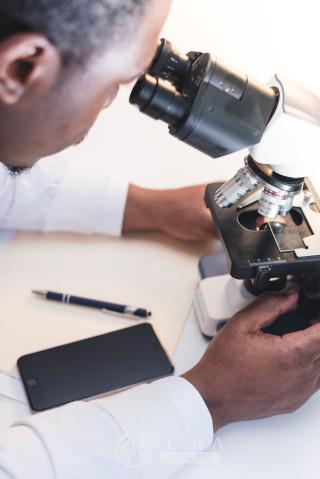
Why is it done?
HPV (Human Papilloma Virus) is a virus that is sexually transmitted. This virus causes inflammation of the cervix that may lead to cancer.
The purpose of a pap smear is to screen for pre-cancerous cells and also cells that have become cancerous. Early detection and treatment of pre-cancerous cells can prevent progression to cervical cancer while early detection and treatment of cervical cancer increases the chance of cure. Pap smear saves lives.
Who needs a Pap smear?
Julia, for example, is a 43-year-old with four children and is otherwise healthy. She visited her gynecologist two years ago to have a pap test and her tubes tied (tubal ligation for contraception). Six months after her tubes were tied, her husband died from an accident. Although she was scheduled for a Pap smear this year, Julia wonders whether it is necessary now that she has not been sexually active.
She called her doctor, and this is what she learned……
A pap smear is essential for all women between the ages of 21 to 65 years with a previous or current history of sexual intercourse.
However, for virgin women with no sexual (vaginal) intercourse or fondling should discuss with the doctor since they are unlikely to have been exposed to HPV.
How frequently should I have Pap smear?
If the Pap test comes normal, it is typically repeated every three years. Abnormal pap test may need additional tests and treatment. Your doctor is the best person to advise on these as well as the timing of repeat tests after an abnormal one.
In cases where someone has health issues such as weak immune system, the doctor may advise screening more often.

You will not need a pap smear anymore if:
- You are a woman above 65 years with normal pap test results for several years.
- Have undergone total hysterectomy (removal of the uterus, ovaries, and cervix).
How is a Pap smear performed?
A pap smear takes about 15 minutes. Once in the doctor’s office, you’ll need to undress from the waist down and lie on your back with spread flexed knees. The doctor will insert a speculum into the vagina to locate the cervix and then use a small brush to gently remove a sample from the cervix, and where the vagina and cervix converge. You’ll feel a little discomfort and a slight pinch. The sample is placed on a glass slide or jar and taken to the laboratory for examination.

Here are a few facts about HPV Infection:
- More than half of women globally get HPV infection in their lifetime.
- Most women do not have symptoms and can readily pass the virus to their partner.
- The mode of transmission is through skin to skin contact of the genitals, anus, or mouth.
- Penetration is not required to contract HPV.
- The main health concerns from HPV are genital warts and cervical inflammation that may lead to pre-cancerous cells and eventually cervical cancer. Oral warts and cancer can also result from HPV infection.
How to reduce the risk of acquiring HPV:
- Women between the ages of 10-26 years should receive HPV vaccine. After the age of 26 years, discuss with your doctor if it would be beneficial.
- Avoid having multiple sexual partners
- Use condoms if not in a monogamous relationship; however, genital parts not covered by the condom may be HPV’s point of entry.












